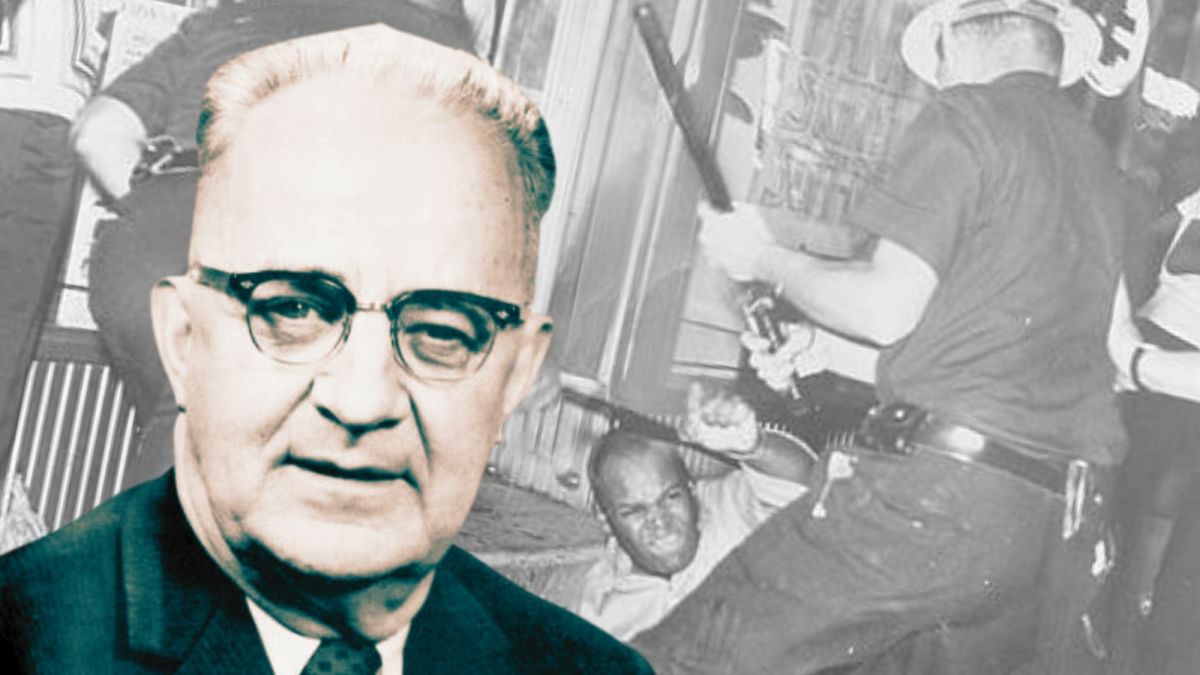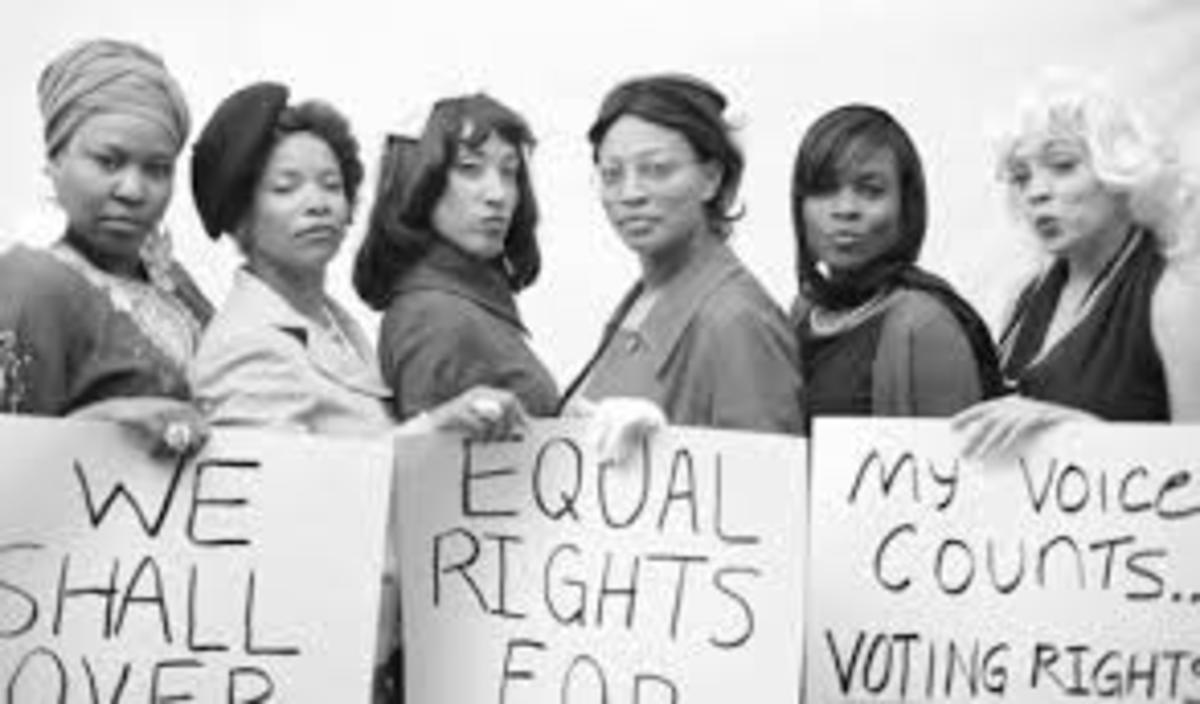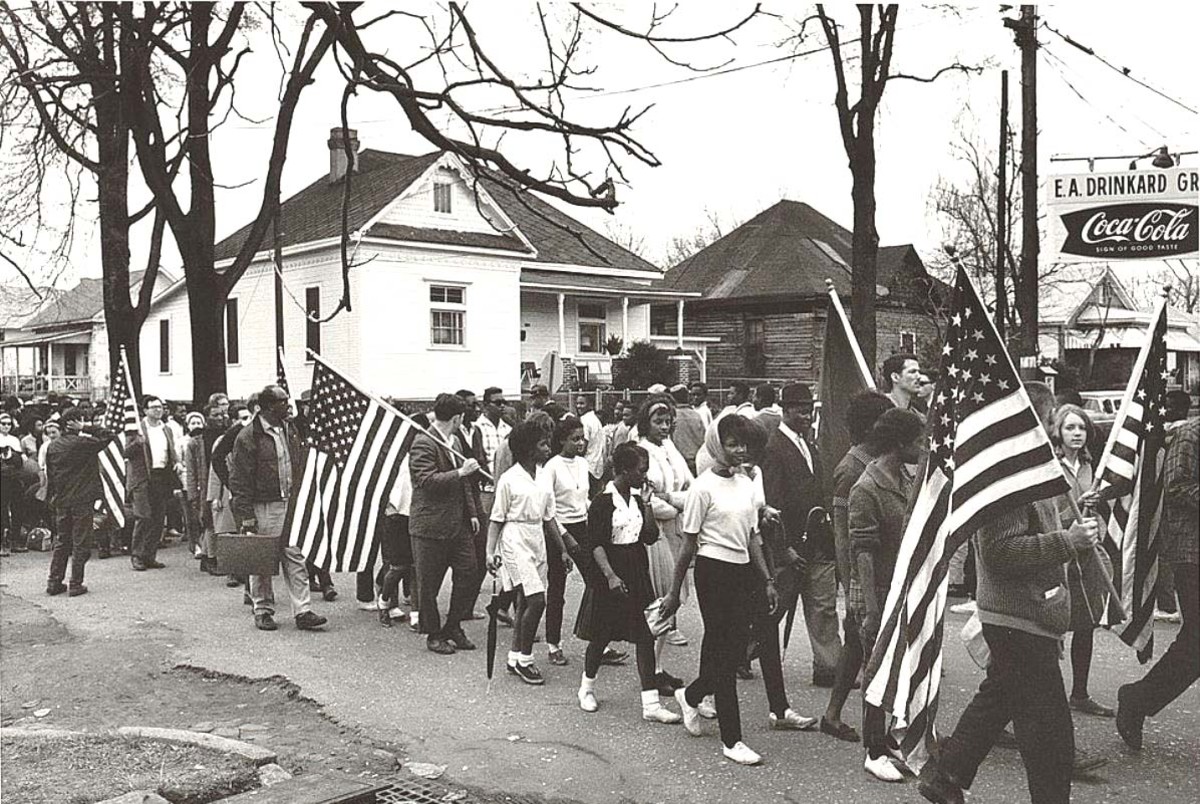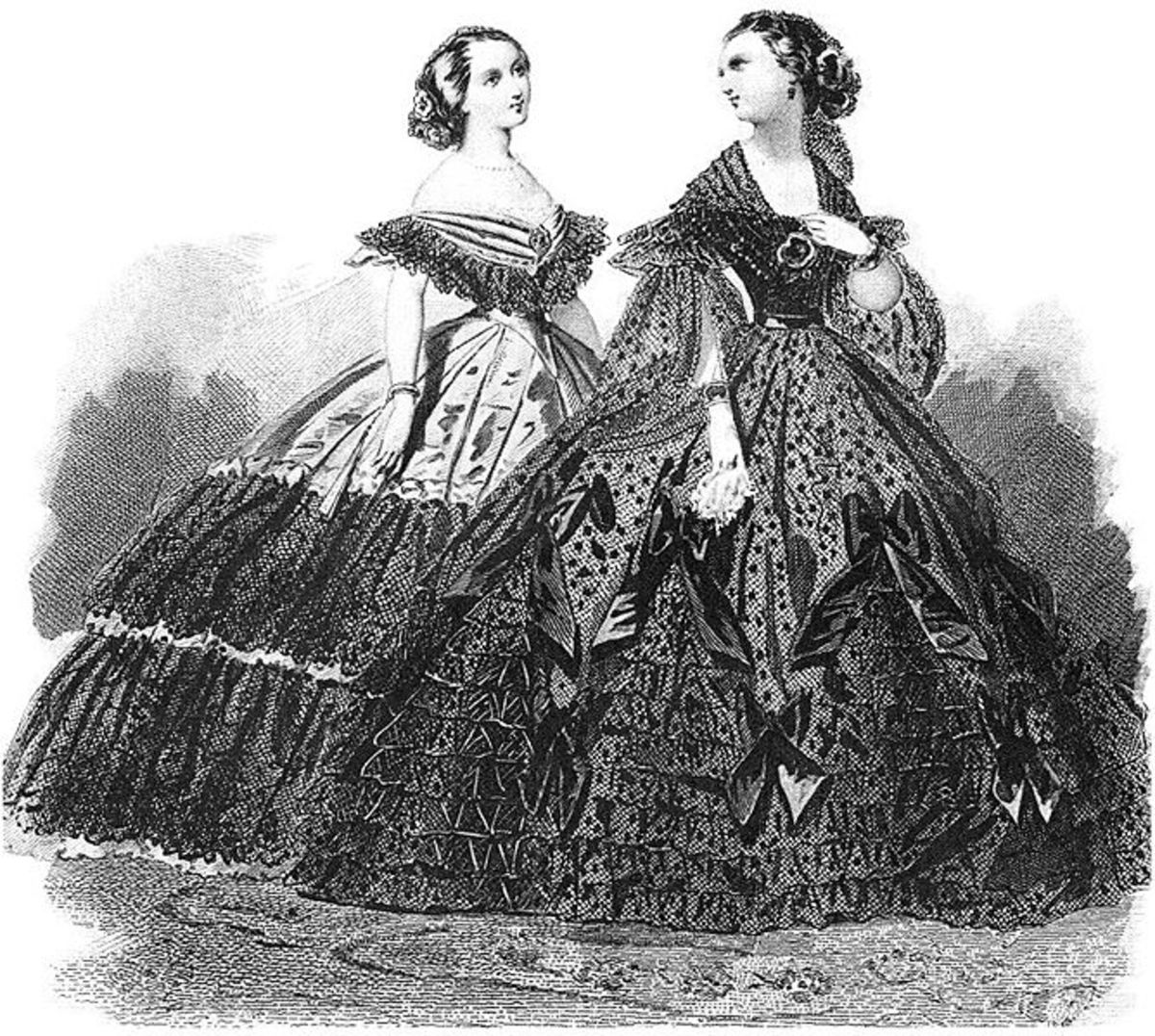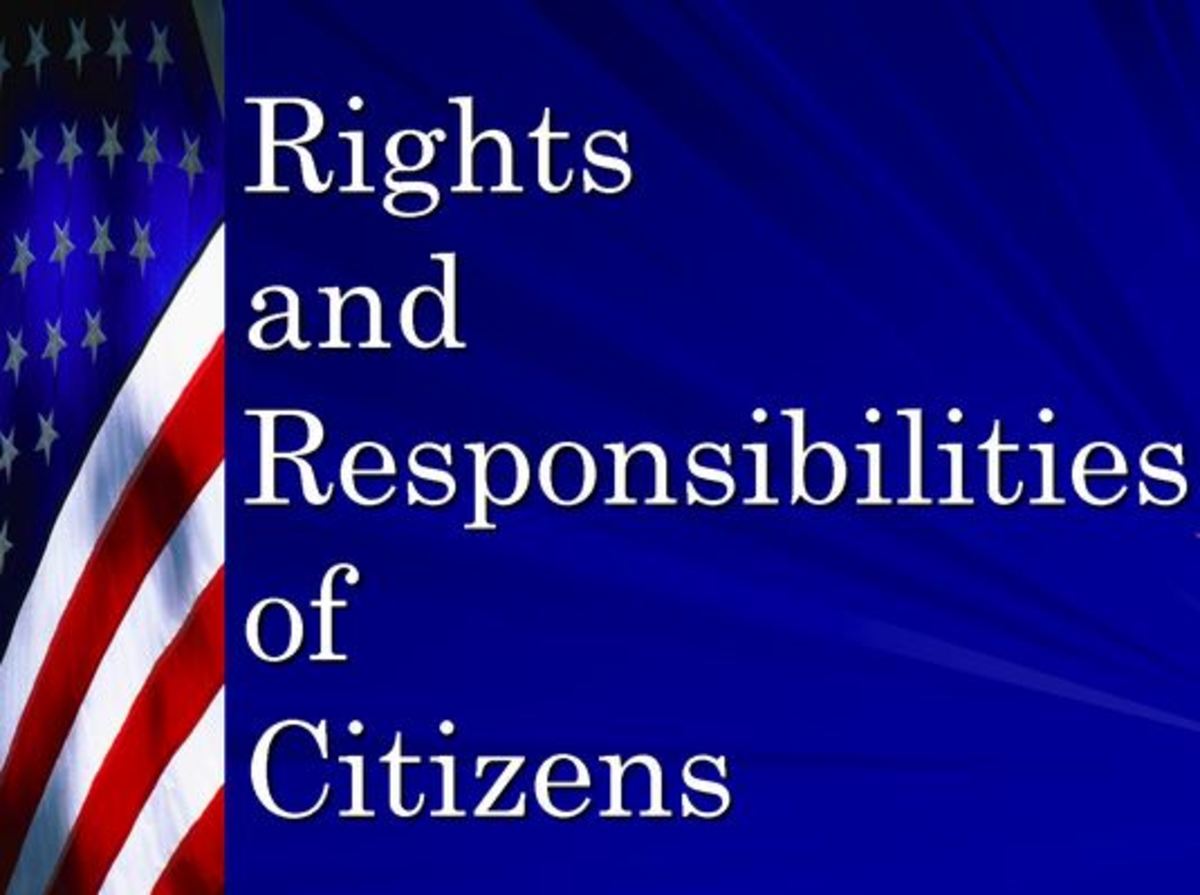Discussion of Three American Movements: Civil, Women's, and Workers' Rights
Katherine Prior's Workers Rights
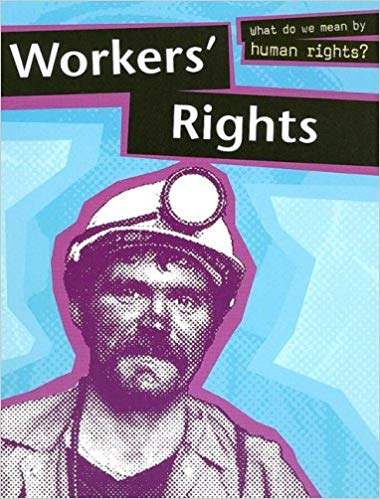
Discussion of Three American Movements: Civil, Women's, and Workers' Rights
Historical Summary of the Civil Rights Movement
The American Civil Rights Movement was a concerted effort of African American men during the 1940s in order to be recognized as equals among fellow Americans regardless of sex, race, origin, and color. It was the precursor to all other important laws which now protect every American citizen and his constitutional rights. The following are the historical highlights of the movement extending from more than two decades till it was assimilated into the American mainstream culture and lifestyle: July 26, 1948 when President Truman ended the segregation in the Armed Services upon issuing Executive Order 9981. May 17, 1954 when the US Supreme Court decided to end racial segregation in all public school, but schools did not easily follow. Dec. 01, 1955 was the event when Rosa Parks defiantly did not give her seat to a white man leading to the Montgomery bus boycott. January 10 – 11, 1957 when Martin Luther King Jr. and other black civil rights leaders and pastors meet in Georgia for a peaceful effort in protesting for racial segregation and discrimination. Sept. 09, 1957 when the Civil Rights Act was signed by Eisenhower protecting voter’s rights. February 01, 1960 when the North Carolina protest of four black students refusing to leave a “whites only” lunch counter in Woolworth sparking similar protest in other states and cities. In June 11, 1963, black University of Alabama students were refused from entry by the state governor George E. Wallace prompting Pres. John F. Kennedy to quell the case by sending the National Guards. It was on August 28. 1963 when thousands took the protest in the streets for freedom and jobs. This was the event when Martin Luther King Jr. delivered his famous speech “I Have a Dream.” Sept. 15, 1963 when the 16th Street Baptist Church bombing killing several black people resulted in angry protests around the US. July 02, 1964 when Pres. Lyndon B. Johnson signed the Civil Rights Act leading to the US Equal Employment Opportunity Commission preventing discrimination due to sex, color, origin, race, and religion. Feb. 21, 1965 when Malcolm X was assassinated by people from the Nation of Islam. March 07, 1965 when hundreds of civil rights protesters marched from Alabama to Montgomery for the suppression of black voter’s rights. August 06, 1965 when through voter’s qualifications based on literacy (Voting Rights Act) was signed by Pres. Johnson. April 04, 1968 when Martin Luther King Jr was assassinated in Tennessee. Finally, on April 11, 1968, Pres. Johnson signed the Fair Housing Act allowing equal opportunities for all Americans to own houses regardless of religion, origin, or race (www.history.com).
Discussion
It is easy to spot the universal goals of the movement which were: equality, freedom, right to vote, right to property, employment, education, and worship or religion. The goals were nothing more than what a regular person would want such as access to public and private places, opportunity to make a living, access to affordable housing and education. The impacts have been felt yet it took two decades and a half to finally enact laws which will truly protect the welfare, livelihood, rights, and properties of black people. The effectiveness of the movement can be felt today as Americans have long been out of the demarcation line between slaves and owners. The equality among American citizens and the benefits and privileges afforded to all people in its states and cities. Without the efforts in the 1940s, the nation will still be divided and marginalized based on the very things the pioneers had once fought for: equality of race, sex, origin, and religion.
Historical Summary of the Women’s Rights Movement
The Women’s Rights Movement was like the Civil Rights Movement it was primarily designed from women being equal with men. The entire movement spans almost 100 years beginning in 1848 when the Declaration of Sentiments was signed following a two-day debate between men and women. This afforded the first attempts to secure voting right and equal treatment among sexes. In 1850 the yearly National Women’s Rights Convention was spearheaded in Massachusetts. BY 1869, the National Woman Suffrage Association was created to give women the voting power supported by the Constitution leading to women becoming part of the jury system. In 1890, the National American Woman Suffrage Association was formed unifying all other women suffrage organizations. By 1893, Colorado adopted the Women Suffrage Act making many other states to follow. In 1896, the National Association of Colored Women brought together 100 plus black women clubs into one. From the Congressional Union, the National Women’s Party was made in 1916. By 1920, the Congress passed the federal woman suffrage amendments leading to the 19th Amendment of the Constitution officially allowing women to vote (Hosken, 1981).
Discussion
The common issues in this movement were the same with the Civil Rights Movement such as freedom to enter legal contracts, right to own, right to vote, employment opportunities, political opportunities, fair wages and equal pay, access to formal education, and property owning. All these are like all other movements motivated by inequality. It must be understood that despite the near century effort, only the right to vote was the issue thoroughly dealt with. In a sense, even when Americans today may seem to
Historical Summary of the Workers’ Rights Movement
There is much argument about when and who started labor protests or labor union movement, but it is believed that the something similar may had happened from the 1600s till the Industrial Revolution. In the US, the beginning of the National Labor Union can be traced to 1866 when hundreds of thousands of micro labor unions and organizations were combined and recognized into one. A decade after that, West Virginia railway workers staged an organized strike derailing travel and operations even resorting to uprisings and massive looting. Five years after (1881), The Federation of Organized Trades and Labor Unions was formed only to become the American Federation of Labor. In 1885, some 200, 000 Knights of Labor members staged a unified strike rendering the Union Pacific and Missouri Pacific railways incapacitated for operations. The Carpenters’ Union protest in Philadelphia institutionalized the eight-hour workload in 1890. A railroad incident in 1894 involving the American Railway Union and the Pullman Company resorted to intervention by the federal government. By 1900, The US Trade Commission declared that businesses will benefit from labor unions. The Women’s Trade Union was created in 1903 allowing women to have equal employment opportunities in comparison to men. In the years and decades that followed, strikes had increased often paralyzing business operations and resulting in losses so much so that the US government created the Committee for Industrial Organization eventually leading to the Fair Labor Standards Act of 1938 offering workers’ regularization, protection, standard wages and definite working hours (Prior, 1997).
Discussion
The objectives of these organized protests were basically aimed at legally protecting workers from employer abuse, dangerous work demands and conditions, and work benefits attached to legal binding contract between the employer and the worker. These benefits include the right to negotiate workload, work demands, remuneration, right to unionize, collective bargaining, and security of tenure. All these did not come easily and at once but did so by part and pieces as each massive and widespread strike gave workers the chance to negotiate with employers with or without government intervention. The clear effects of the strikes gave significant developments and protection to the worker and his family. In fact, there are still on-going dialogues and agreements being done to better the relationship between workers and employers. While there may be noticeable improvements in the labor sector and in the current welfare and well-being of workers, the on-going labor discussions only prove that the relationship is far from perfect.
References
Hosken, Fran P. (1981), 'Towards a Definition of Women's Rights' in Human Rights Quarterly, Vol. 3, No. 2., pp. 1–10. Print.
Prior, Katherine (1997). Workers' Rights. New York: Grolier’s. Franklin Watts. Ed. Pp. 32 – 57. Print.
Civil Rights Movement Timeline. (2018). History.com Editors. Web. www.history.com. N.p. https://www.history.com/topics/civil-right


